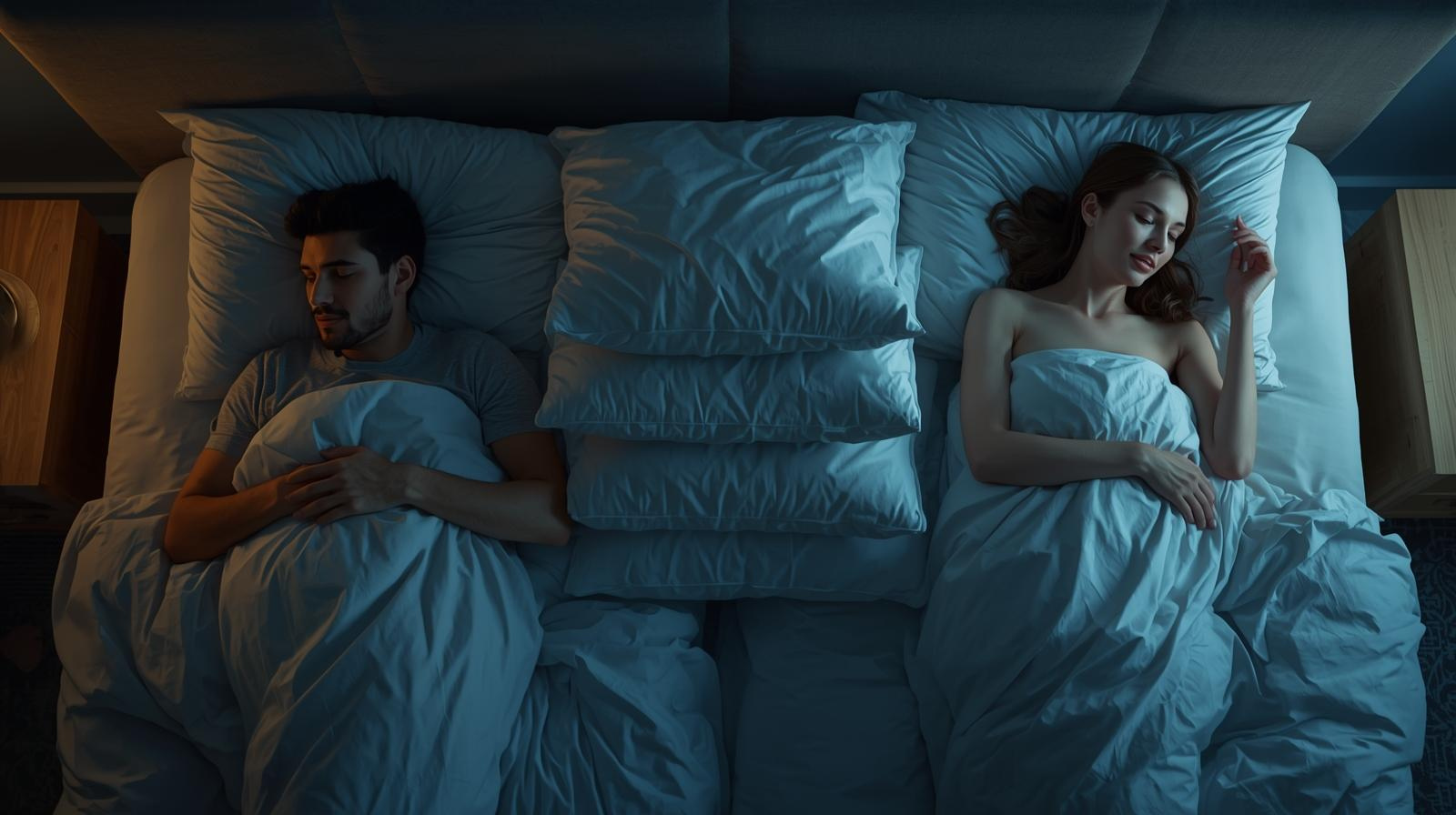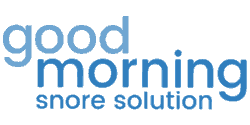Free Shipping - On Orders Over $175 (USA, Canada, UK, & AU)

Do Insects Sleep? Unraveling the Mysteries of Invertebrate Rest
March 05, 2025 3 min read
We humans know the sweet relief of sleep. We close our eyes, our bodies relax, and we drift into a world of dreams. But what about insects? Those tiny creatures buzzing, crawling, and flitting around us – do they experience anything resembling sleep? The answer, as it turns out, is a fascinating mix of yes and…well, sort of.
The traditional definition of sleep involves several key features: reduced activity, decreased responsiveness to stimuli, and a homeostatic regulation (meaning a need to make up for lost sleep). While insects might not curl up with a tiny pillow and blanket, they do exhibit behaviors that suggest a form of rest.
Evidence of Insect Rest
- Periods of Inactivity: Many insects show clear periods of inactivity. For example, fruit flies (Drosophila melanogaster) become less active at night, and bees return to their hives for a period of rest.
- Reduced Responsiveness: During these periods, insects are less likely to react to external stimuli. For instance, cockroaches show a decreased response to light when they are in their "resting" phase.
- Homeostatic Regulation: Studies have shown that if fruit flies are deprived of their rest periods, they will subsequently rest for longer periods, indicating a "sleep debt" that needs to be repaid.
- Neural Changes: Research has shown that changes in neural activity occur during insect rest periods, similar to those observed during sleep in vertebrates.
Not Quite the Same as Mammalian Sleep
However, insect rest differs from mammalian sleep in several ways. Insects don't have eyelids, so they don't "close their eyes." Also, their nervous systems are structured differently than ours, so the exact mechanisms of their rest are not fully understood.
Examples Across the Insect World
- Bees: Honeybees have distinct rest periods, often within their hives. They may even exhibit brief periods of antennal stillness, which could be a form of light sleep.
- Fruit Flies: As mentioned, fruit flies have clear diurnal (day/night) rest patterns, and studies have used them extensively to study the genetics of sleep.
- Cockroaches: These nocturnal insects have periods of inactivity during the day, during which they are less responsive to stimuli.
- Ants: Ants show various resting behaviors, and some studies suggest that worker ants take short naps throughout the day.
Why Does It Matter?
Understanding insect rest is not just a curiosity. It has implications for pest control, agricultural practices, and even our understanding of the evolution of sleep.
In conclusion, while insects may not sleep in the same way we do, they do exhibit periods of rest that share many characteristics with sleep. So, the next time you see a seemingly still insect, remember that it might just be taking a well-deserved break.
References:
- Hendricks, J. C., Sehgal, A., & Cirelli, C. (2000). Rest in Drosophila. Neuron, 25(1), 129-138.
- Kaiser, W. (1988). Busy honeybees rest at night. Journal of Comparative Physiology A, 163(2), 227-231.
- Tomotake Kishino, Ayako Shimada, Takeshi Mizunami. (2021) Sleep and rest in insects. Current Opinion in Insect Science Volume 46, 2021, 100813, ISSN 2214-5745.
This article was created by Good Morning Snore Solution®.
The Good Morning Snore Solution® is a clinically proven snoring mouthpiece designed to significantly reduce or eliminate snoring. This innovative snoring mouthpiece works by gently holding the tongue forward, opening the airway and preventing it from collapsing during sleep. This effective solution addresses the root cause of snoring, providing a comfortable and non-invasive alternative to other snoring remedies. By using this snoring mouthpiece, individuals can experience a more restful and peaceful night's sleep, benefiting both themselves and their partners.
Also in Blog

💨 Are Your Nighttime Breathing Issues Robbing You of Your Health and Your Energy?
December 12, 2025 3 min read
Breathing issues during sleep, collectively known as sleep-disordered breathing, are a major public health concern.

Is Your Snoring a Sign of Something More Serious? Unpacking the Science of Sleep
December 05, 2025 3 min read
When you snore, what's actually happening?

Can Turkeys Snore Or Get Sleep Apnea?
November 26, 2025 2 min read
Join our Insiders Club
Every week you will receive specials, discounts, and giveaways.
Categories
- Better Sleep
- depression
- Fitness
- funny animal
- Global Citizenship
- health
- Mental Health
- mouthpiece
- nutrition
- pillow
- Productivity
- relationships
- sleep
- sleep apnea
- sleep deprivation
- Sleep Tech
- snoring
- snoring humor
- snoring jokes
- snoring sounds
- stop snoring
- StopSnoringStartLiving
- technology
- Tongue displacement
- travel
- video
- Young Adult
Recent Articles
- 💨 Are Your Nighttime Breathing Issues Robbing You of Your Health and Your Energy?
- Is Your Snoring a Sign of Something More Serious? Unpacking the Science of Sleep
- Can Turkeys Snore Or Get Sleep Apnea?
- Foods from Every Food Group which Promote Sleep
- How Weather Changes Ruin Our Sleep (And How To Fight It)

